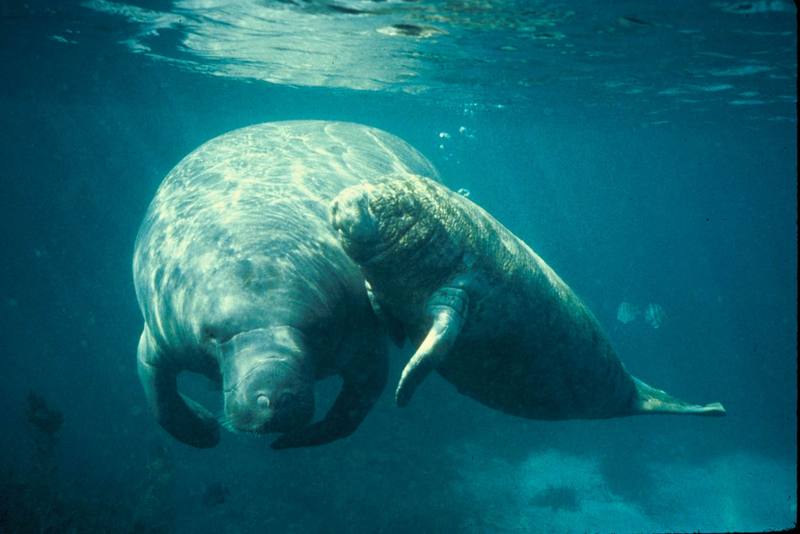|
| 질의: Mammal | 결과: 1984번째/3457 | |
West Indian Manatee mother and calf (Trichechus manatus) (카리브바다소,해우(海牛))
| 제목: | West Indian Manatee mother and calf (Trichechus manatus) (카리브바다소,해우(海牛))
| | 올린이: | Phoby (phoby@hanafos.com)
| |

| 해상도: 2695x1800
파일크기: 469391 Bytes
촬영일: 2004:12:23 12:57:23
등록시간: 2004:12:23 12:48:33
|
From the U.S. Fish and Wildlife Service's online digital media library.
Check http://images.fws.gov/ for higher quality version.
Metadata
Title: West Indian Manatee (mother and calf)
Alternative Title: (none)
Creator: Rathburn, Gaylen
Source: WO-3542-13
Publisher: U.S. Fish and Wildlife Service
Contributor: DIVISION OF PUBLIC AFFAIRS
Language: EN - ENGLISH
Rights: (public domain)
Audience: (general)
Subject: marine mammal, manatees
Date Issued: January 28 2002 |
^o^
동물그림창고 똑똑전화 누리집
^o^
|
|